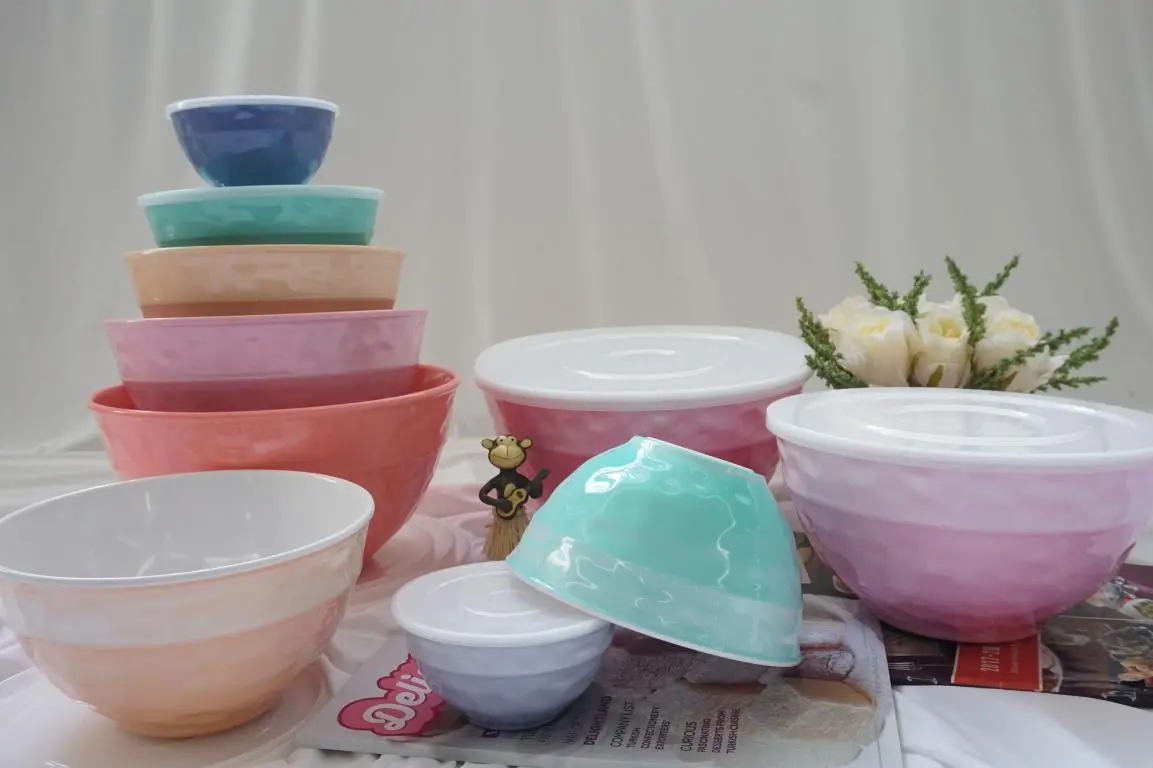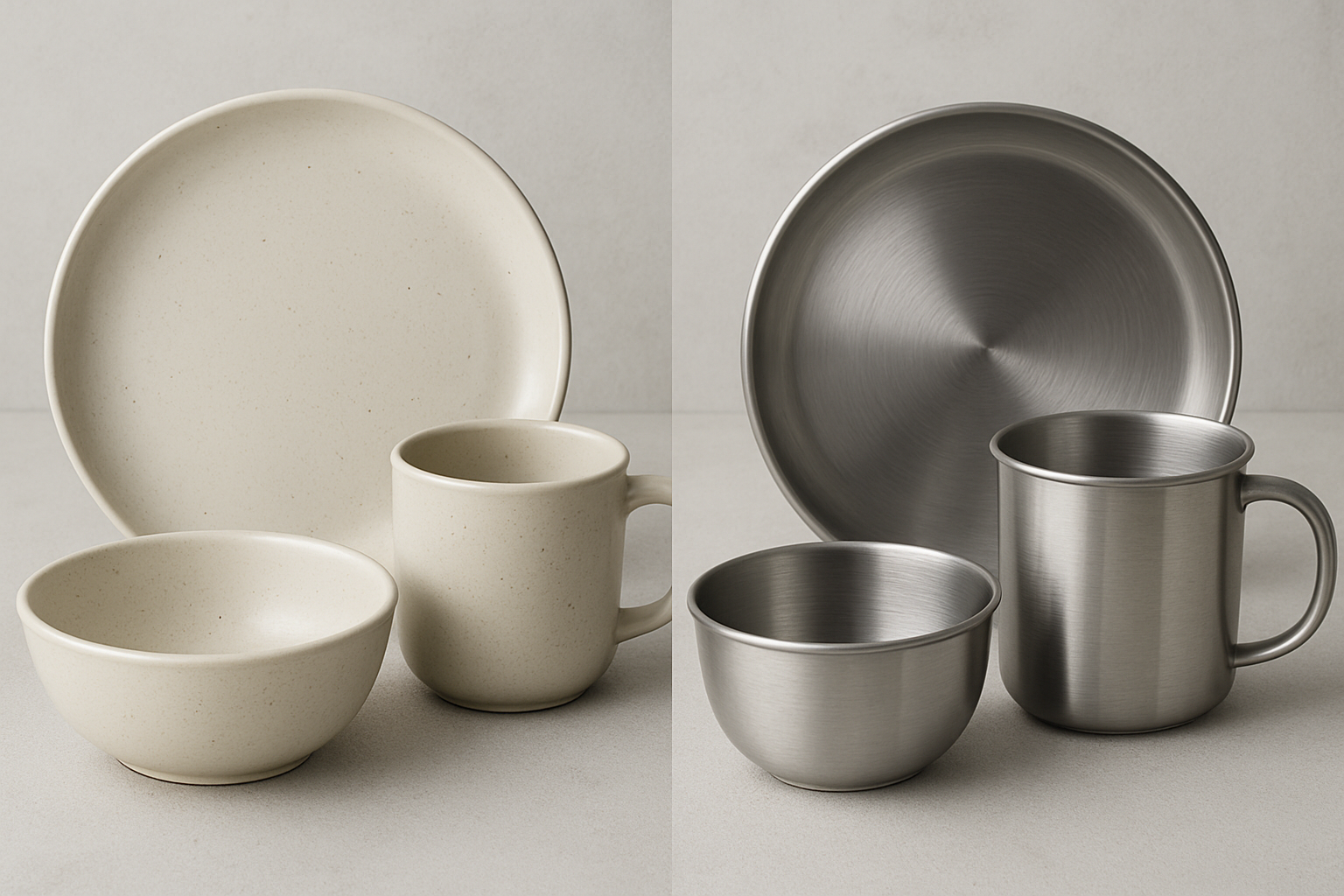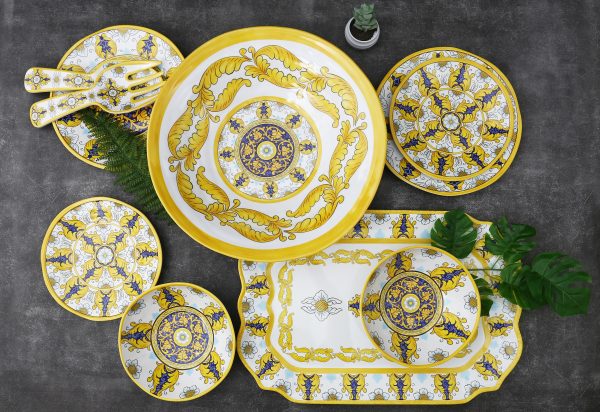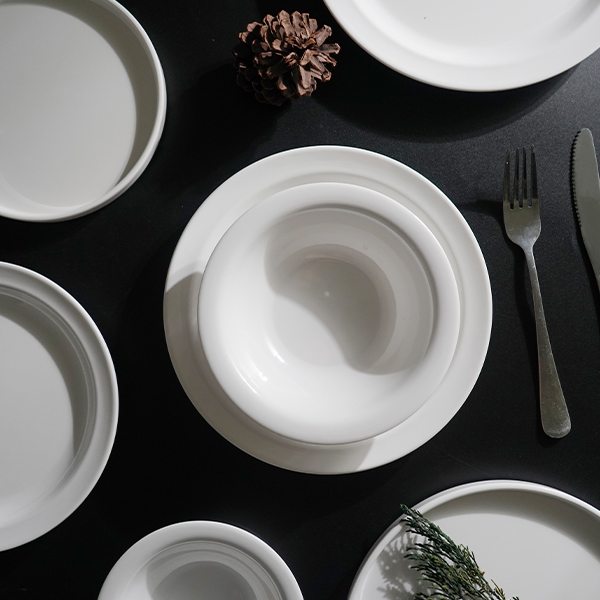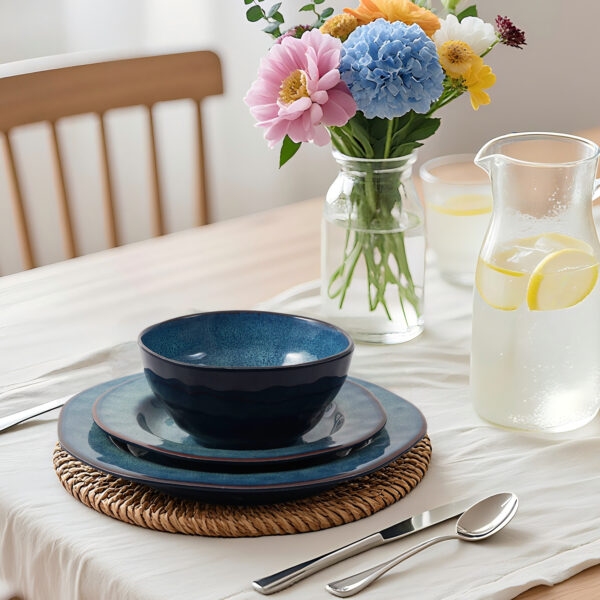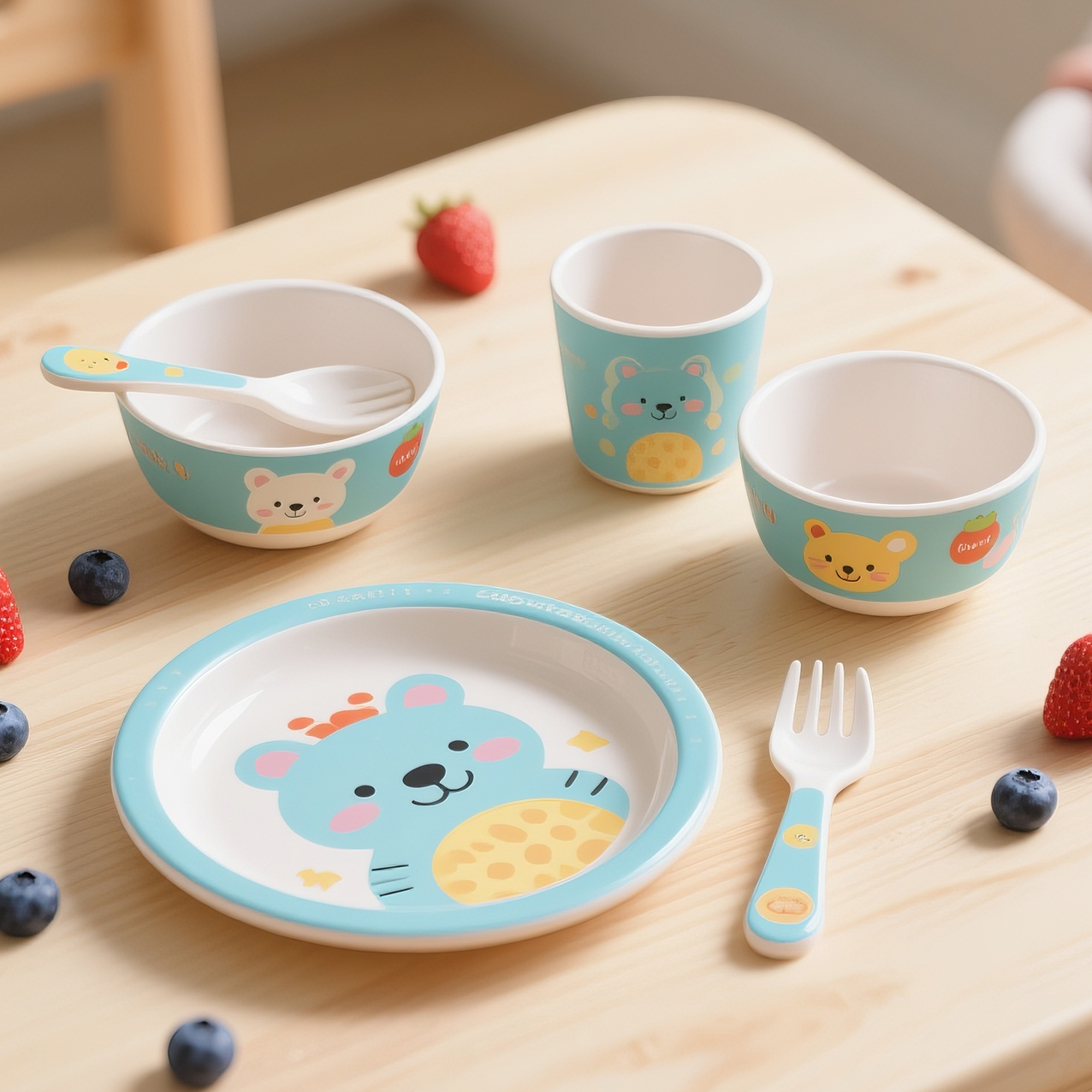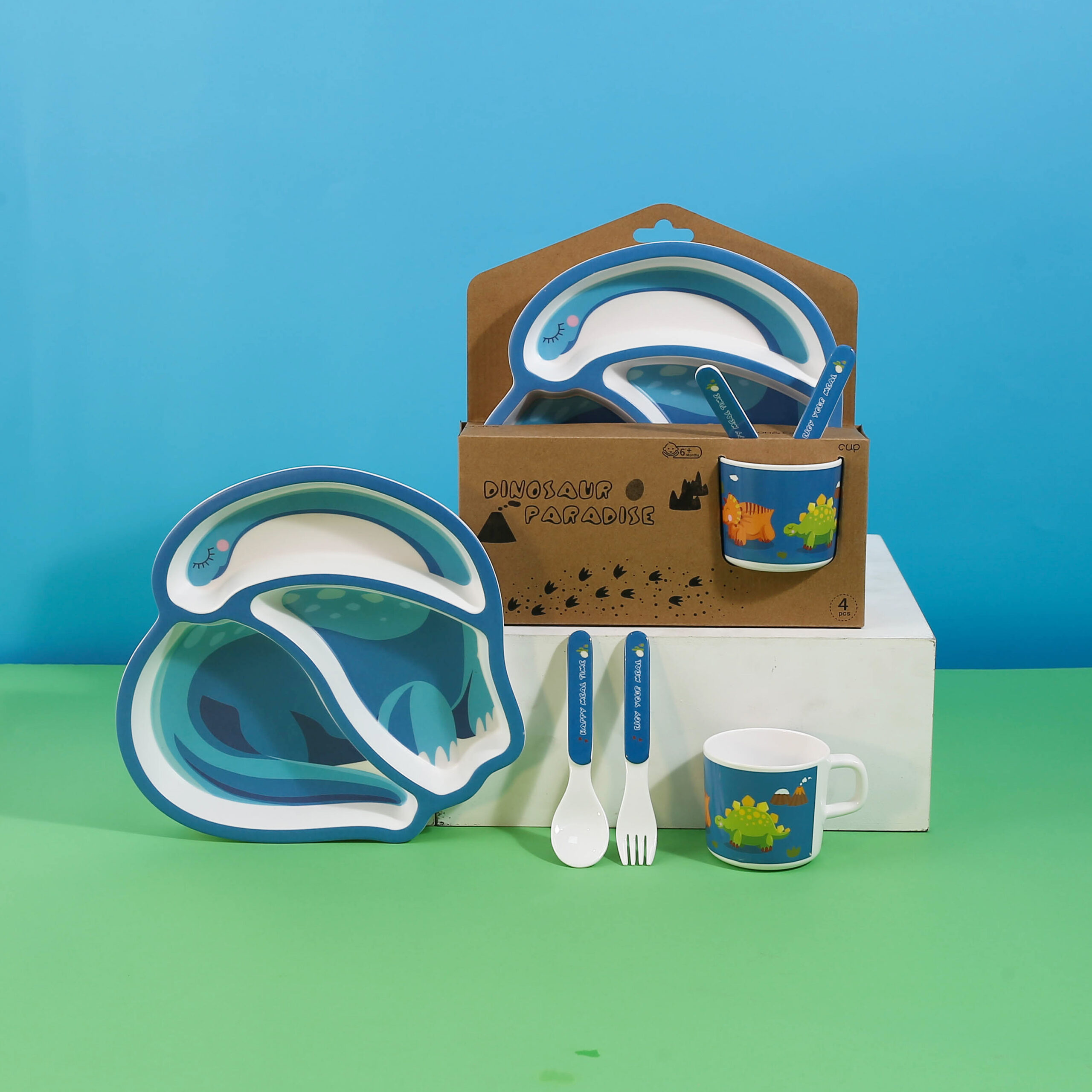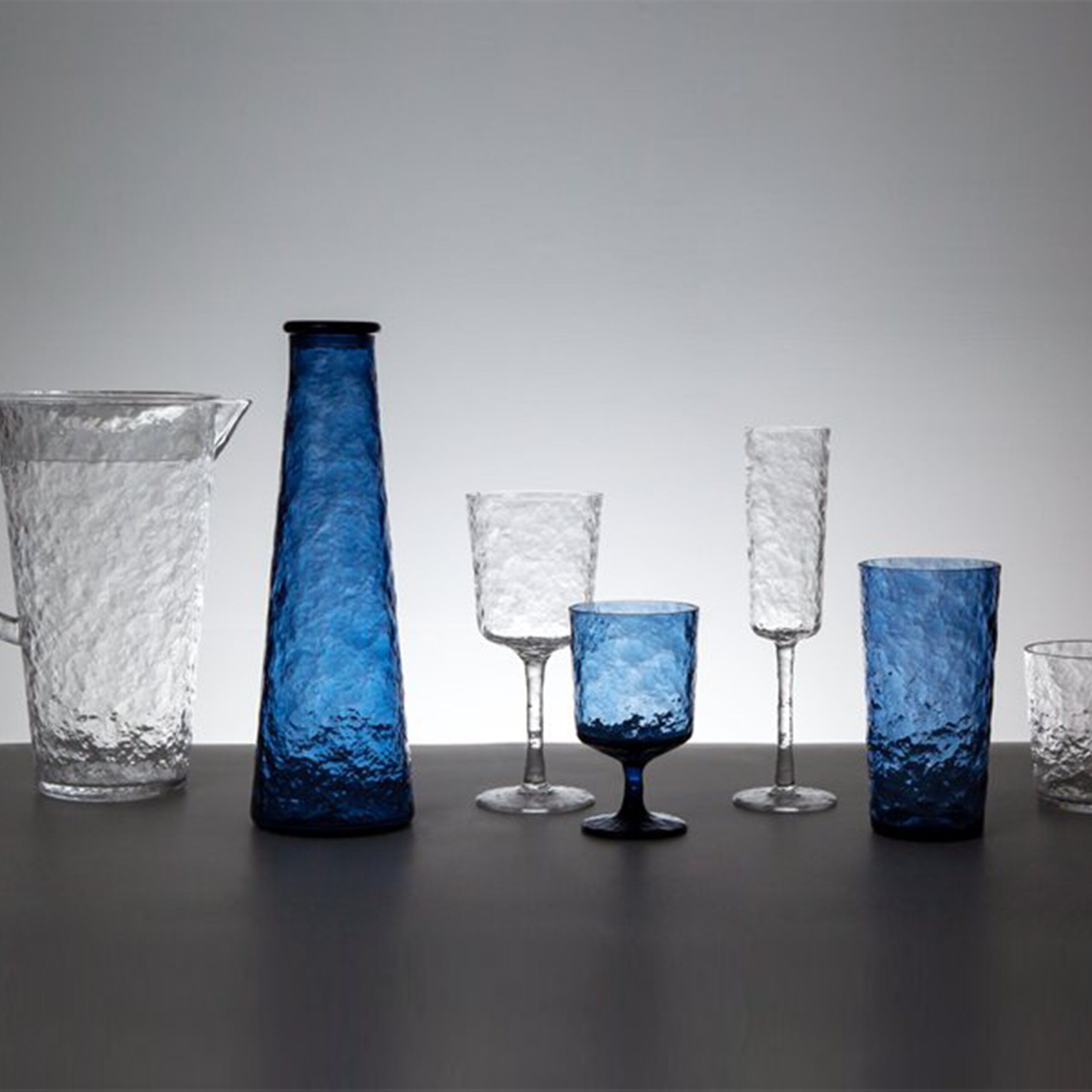Regardless of the industry, when asked about the price of an item, most people don’t want to hear “it depends.” However, when our customers ask about the price of melamine tableware, especially when it’s custom made, the truth is that there are multiple variations. As much as we’d like to get a straight answer, it really depends on the situation. With over 30 years of experience in melamine tableware, we can not only guarantee our quality, but we will also assist our customers in choosing the best options and reducing procurement costs for our customers.

At the same time, when looking for commercial catering tableware to buy, the question “melamine tableware vs. porcelain tableware cost: which is more expensive” is also often asked. Due to the variety of options for melamine tableware and porcelain tableware, this question is difficult to answer. However, let’s discuss some general pricing guidelines and actual price ranges that operators can expect to spend and things to consider. Below I will go through their cost components one by one and explore which one is more expensive.
Raw material cost:
Melamine tableware: Melamine tableware is usually made of melamine resin, a synthetic resin whose raw materials are mainly urea and formaldehyde. These raw materials are relatively cheap, but some fillers or enhancers may need to be added during the manufacturing process to improve the strength and durability of the product.
Porcelain tableware: The main raw materials of porcelain tableware are ceramics, including porcelain clay, quartz, feldspar, etc. These raw materials are expensive in the process of procurement and processing, especially high-quality porcelain requires the use of high-quality raw materials.
Manufacturing process cost:
Melamine tableware: Melamine tableware is usually manufactured by compression molding or injection molding, which is a relatively simple and low-cost manufacturing process. However, melamine tableware may require mold manufacturing and debugging during the production process, which will also increase certain costs.
Porcelain tableware: The manufacturing process of porcelain tableware is relatively complex, usually including multiple processes such as raw material mixing, molding, drying, and firing. Especially for high-end porcelain, it may also involve processes such as hand-painting or decals, so the manufacturing cost is relatively high.
Durability and quality cost:
Melamine tableware: Melamine tableware usually has good durability and fall resistance, is not easy to break, and is easy to clean, so the maintenance cost is low in long-term use. However, low-end melamine tableware may have quality problems such as easy deformation and aging, which affect the service life.
Porcelain tableware: Porcelain tableware is finely made, hard, and colorful. It has high quality and ornamental value, but it is relatively fragile and easy to break. It needs to be used and maintained carefully, so there may be higher maintenance costs in long-term use.
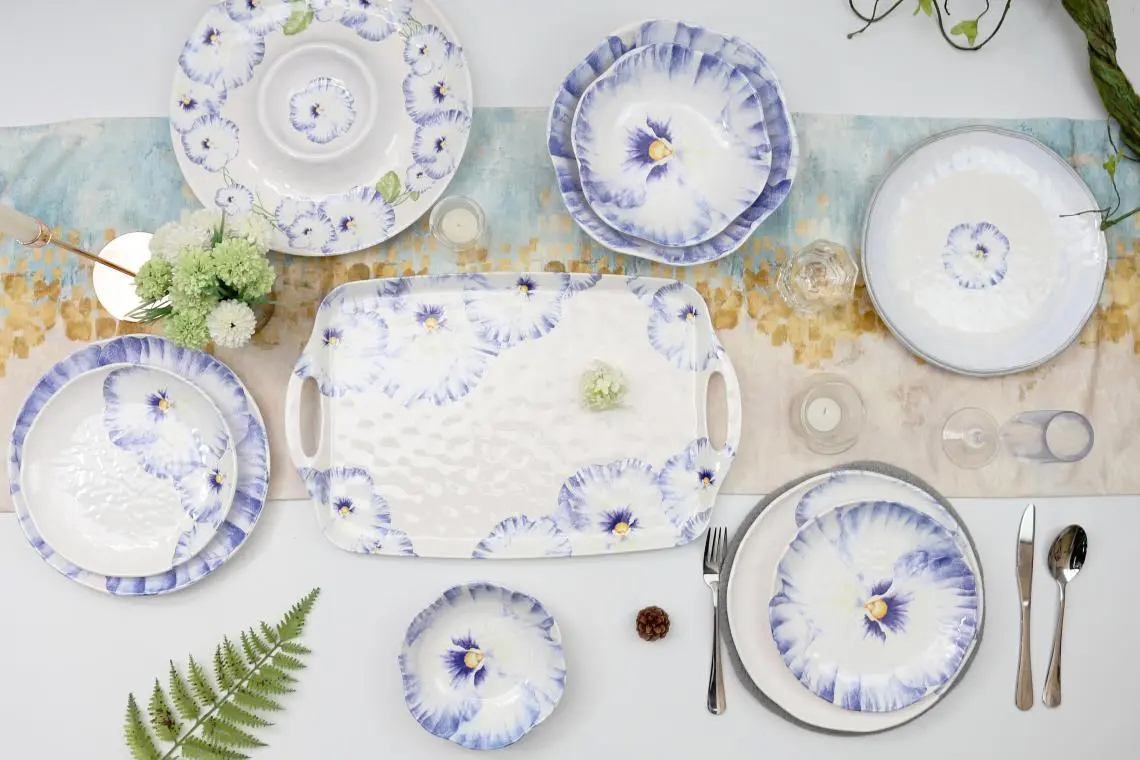
This is related to the replacement rate we talk about in daily life:
Porcelain tableware:
There are many kinds of porcelain tableware, and although some are more durable than others, they are all prone to chipping and breaking. This is why the average replacement rate of porcelain tableware ranges from 50% to 150% per year (or every 3-6 months).
When budgeting for your tableware, you will definitely want to take this replacement rate into account.
Melamine tableware:
Due to its inherent strength and durability, melamine tableware has a lower replacement rate than porcelain tableware, so it has a longer service life.
The average annual replacement rate of melamine tableware is 10% – 20%, which is usually caused by chipping, breakage and wear.
If used and maintained correctly, the melamine tableware you originally purchased can easily last 2 to 5 years. However, like any product that is used in a high-use environment, melamine tableware will begin to lose its luster over time and may need to be replaced.
Average Annual Replacement Rates: Melamine vs. Porcelain
Porcelain tableware 50% – 150% or every 3 – 6 months
Melamine tableware 10% – 20% or every 2 – 5 years
Perhaps I will make this more concrete and use data to illustrate the difference in cost and replacement rate:
We will compare 10 plates of these two materials and assume that each plate costs $5 for both porcelain and melamine.

Initial investment:
Porcelain plates: 10 x $5 = $50
Melamine plates: 10 x $5 = $50
Low-end replacement rate after one year:
Replace 50% of porcelain plates =10 x 50% = 5 plate, or $25
Replace 10% of melamine plates = 10 x 10% =1 plate, or $5
High-end replacement rate after one year:
Replace 150% of porcelain plates = 10 x 150% = 15 plates, or $150
Replace 20% of melamine plates =10 x 20% = 2 plates, or $10
Total cost of ownership for 10 plates in 2 years:
Porcelain: $75 – $200
Melamine: $55 – $60
Now imagine scaling that up 10, 100, or 1,000 times, depending on your volume! The numbers will give you a much clearer picture of how much the cost difference is.
Let’s look at a situation with 1,000 plates, assuming each costs the same $5.
Initial investment:
Porcelain plates: $5,000
Melamine plates: $5,000
Low-end replacement rate after one year:
Replace 50% of porcelain plates = 500 plates, or $2,500
Replace 10% of melamine plates = 10 plates, or $50
High-end replacement rate after one year:
Replace 150% of porcelain plates = 1,500 plates, or $7,500
Replace 20% of melamine plates = 20 plates, or $100
Total cost of ownership for 1,000 plates in 2 years:
Porcelain: $7,500 – $12,500
Melamine: $5,050 – $5,100
As you can see, the cost savings vary greatly between the materials, with melamine coming out ahead by a wide margin no matter how you look at it.

Of course, there is another key point that I hope customers can understand, no matter which material you prefer, the more you can keep the replacement rate low, the greater your benefits.
So with the development of technology, the look and feel of high-quality melamine dinner plates are no different from porcelain, in addition, it has additional advantages such as durability and service life. For this reason, melamine tableware is becoming a popular choice for casual and fast casual restaurants, buffet restaurants, cruise companies, catering, commercial and industrial catering service institutions, colleges and universities.
And, as you can see now, the various factors that affect the cost of melamine are why when customers ask us about savings, we say “it depends”. If you decide to purchase melamine tableware for your catering service, this information should help you make a decision.


